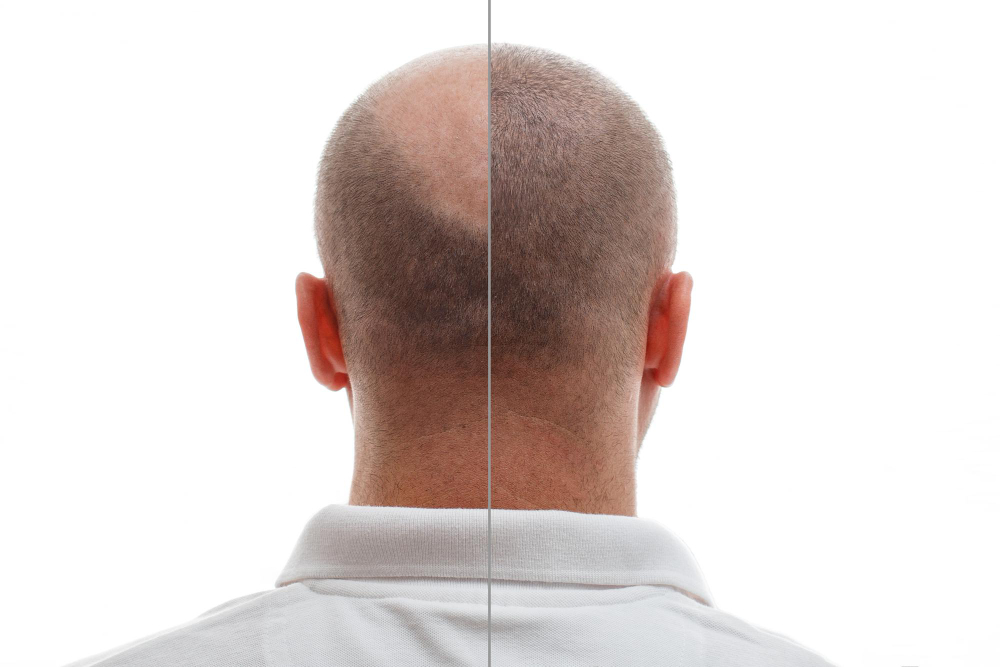The donor area in hair transplantation
There are many questions that are asked with some frequency regarding the donor area in hair transplantation, especially because the patient fears that the donor area may be damaged following the surgery, or bald patches develop on the head. But let’s start with order: what is the donor area?
This is the area that extends between the occipital and temporal area of the scalp in which the follicular units are taken. It is called the donor area because it donates the follicles necessary for transplanted beings in the affected areas that are called recipients.
This area is considered a donor as it is not prone to hair loss. Therefore, taking hair follicles from this area will allow you to transplant hair that is not destined to fall out due to androgenetic alopecia. As previously mentioned, this area corresponds to the nape area as in these parts the hair will grow naturally and will not show the hair transplant.
The hair must belong to the person who is undergoing the transplant and not to other people otherwise it would be rejected by the body. The withdrawal phase represents a very important moment for hair transplantation. The goal is to pick up the follicular units correctly without ever damaging the surrounding area.
Donor hair transplantation completely utilized
There are patients who have already undergone more than one hair transplant, perhaps through the FUE technique or even with FUT STRIP, or perhaps wish to undergo an autotransplant to restore extensive baldness. What happens when alopecia is very extensive?
We try to please patients especially if the interventions are carried out abroad, with the motivation of a low cost, in order to avoid returning the patient a second time, he is promised a mega intervention, transplanting even 5000 follicular units. But what are the risks associated with a mega hair transplant donor hair transplantation completely utilized?
There are two risks: a first risk is of necrosis of the scalp that is traumatized by many wounds due to the implantation of many grafts. A second risk is the emptying of the donor area, reaching the limit of the follicular capital available to it. What happens next? The patient is transplanted follicular units which should not be transplanted, but which instead are destined to fall as they are similar to those already fallen.
The Hair Stem Cell Transplantation method
Neither the FUE nor the FUT strip technique are recommended, but if you want to have lasting results over time you must focus on the Hair Stem Cell Transplantation method proposed by Hasci Italia which is based on long years of research on stem cells. The method was conceived by the scientist Dr. Coen Gho who for more than 30 years has been studying stem cells, an effective ally against hair loss, together with his team.
Unlike the classical methods that involved the export of the entire follicle, this innovative method requires that only a small part be taken. In fact, even a small portion of the follicle has enough stem cells to grow new hair in the receptor area. As the new follicles are close together, this tends to create a high density of hair in a completely natural way.
